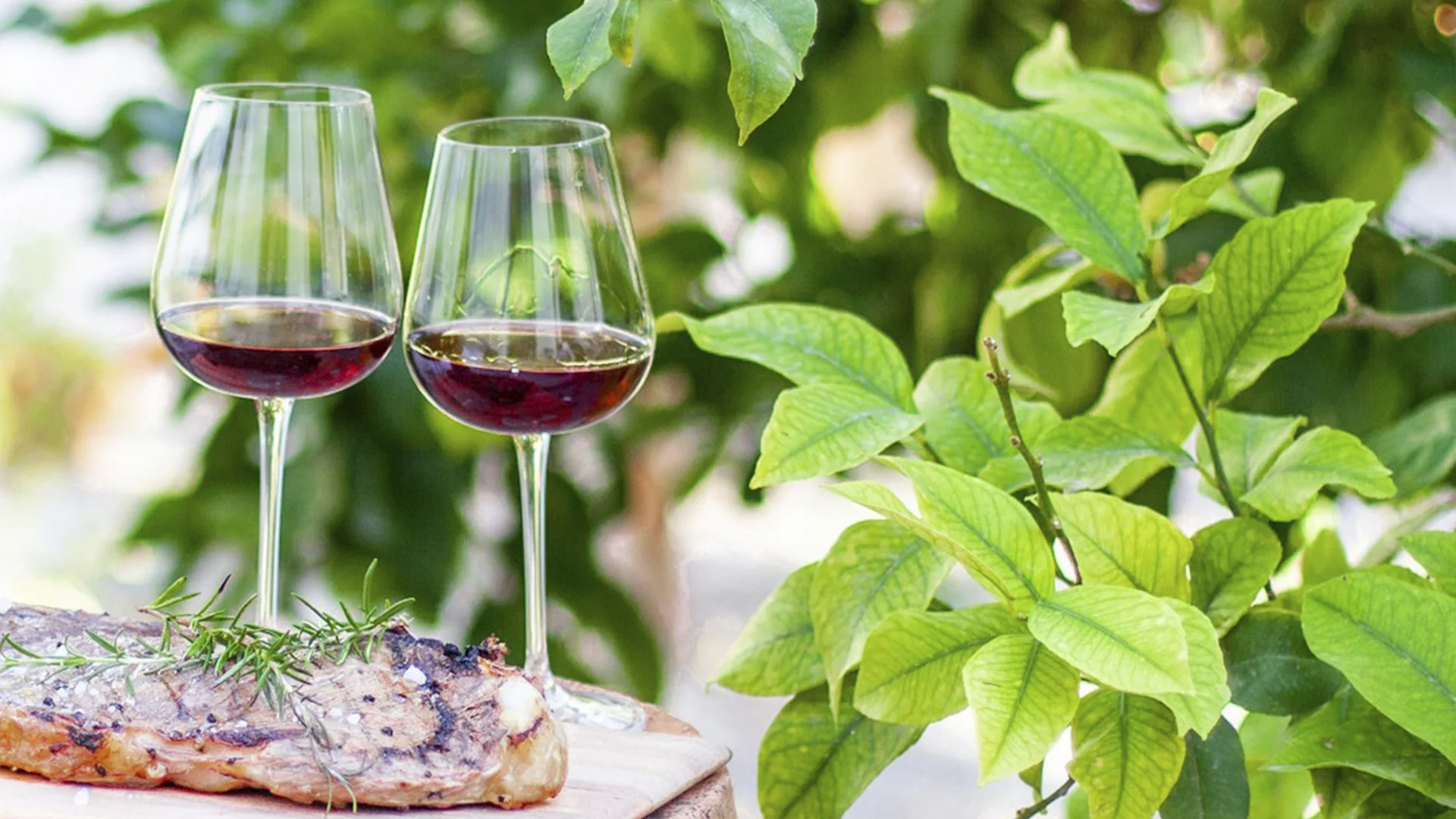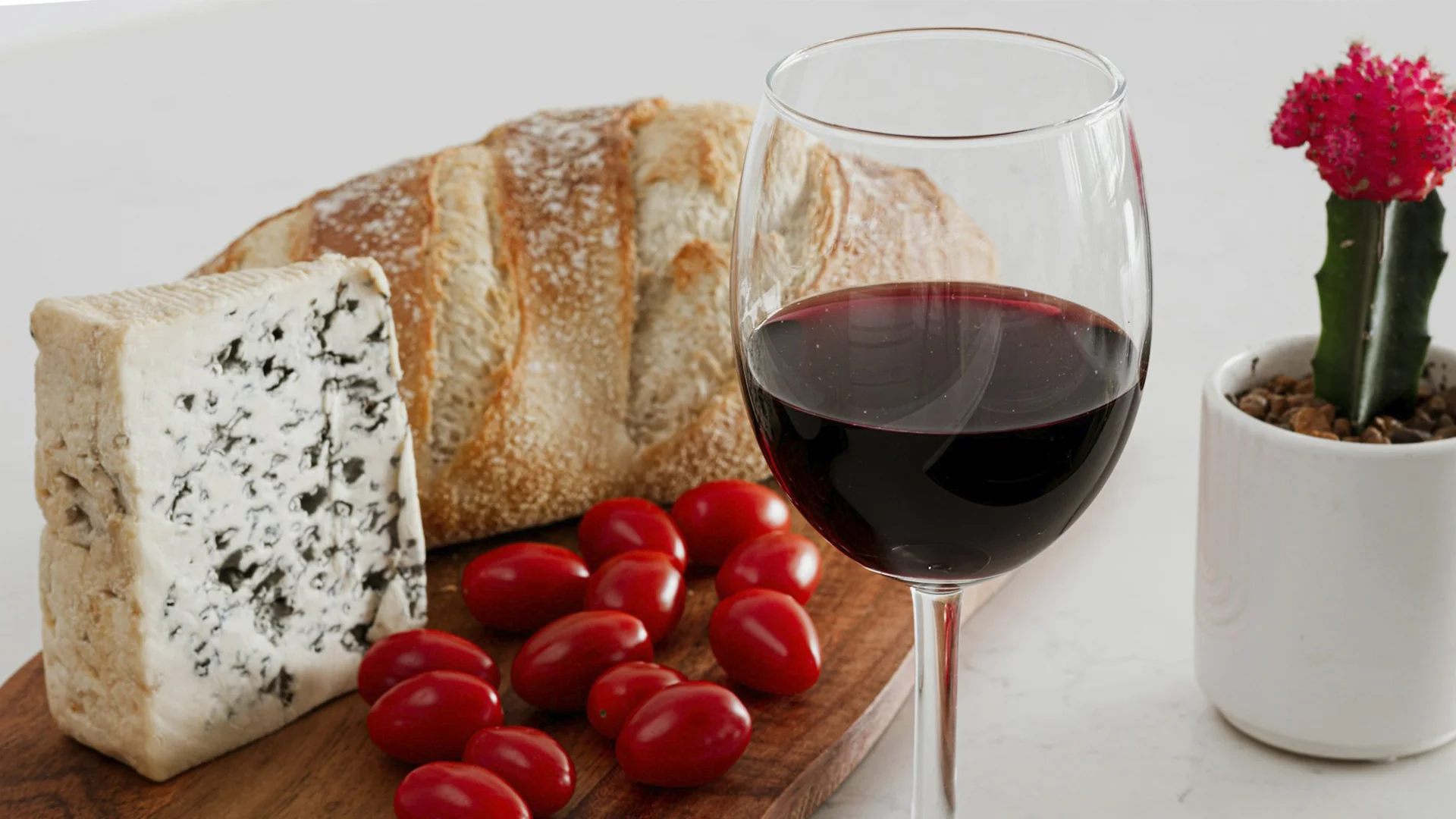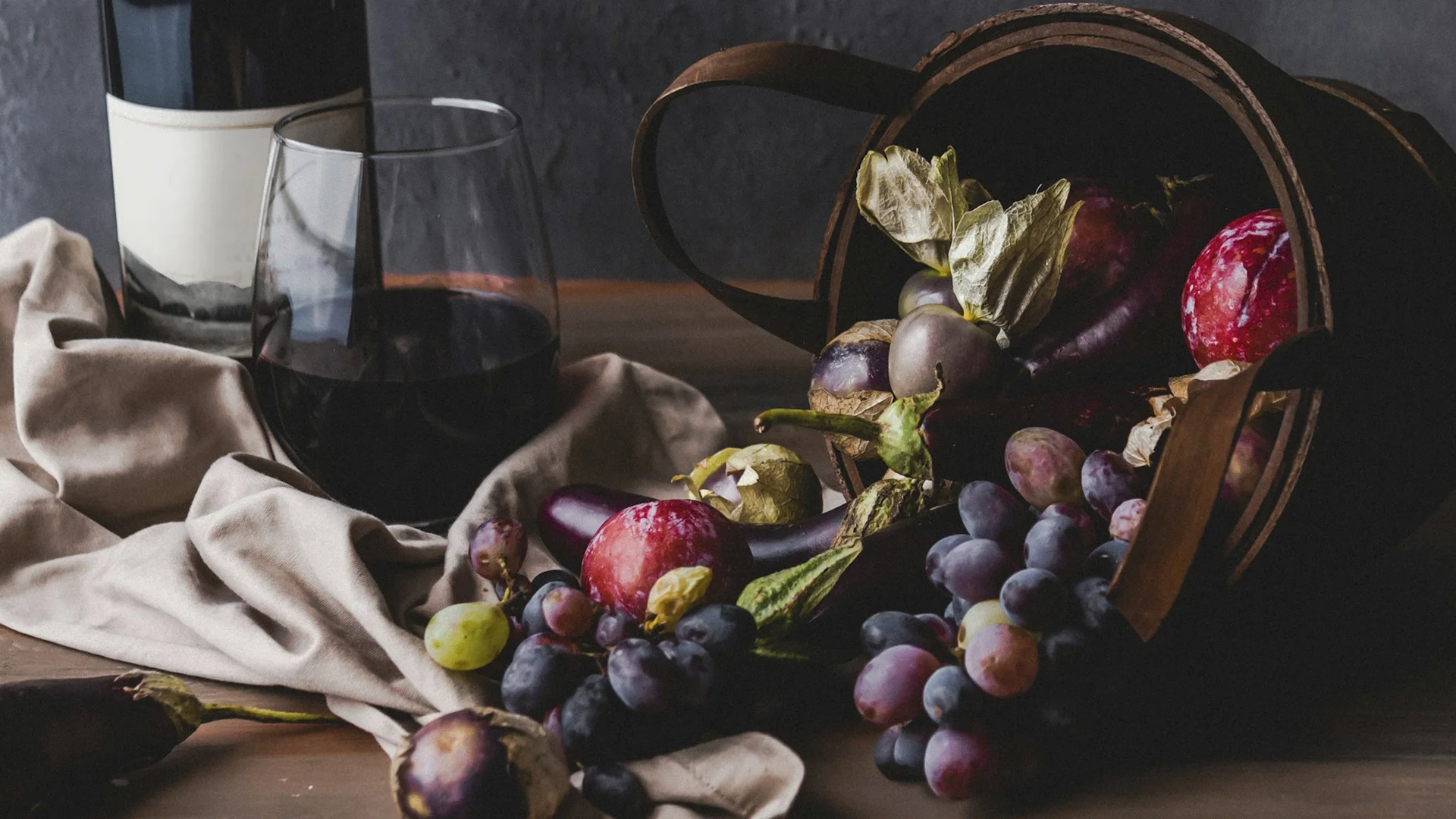
Welcome to our guide to Pinot Gris—a wine that’s anything but one-dimensional. Whether you’re just getting to know it or already a fan, this guide is your chance to dive deeper.
We’ll explore what makes Pinot Gris so unique, from its flavor profile and aromatic range to its textural diversity. You’ll learn which foods pair best, how climate and region shape its style, and why it shows up so differently in places like Alsace, Oregon, and Northern Italy.
We’ll also share smart tips for serving and storing Pinot Gris, plus advice on how to choose the right bottle for any occasion. Curious how it compares to Chardonnay? We’ll unpack that too.
This is your invitation to get curious, expand your palate, and see Pinot Gris in a whole new light.
Pinot Gris wines, diverse and enchanting, present a world of flavors and styles that captivate wine enthusiasts globally. These wines, which originated in the historic vineyards of Burgundy, France, have since spread their roots across continents, each region imparting its unique touch.
Alsace, a region revered for its Pinot Gris, produces wines that are rich and full-bodied, often with a luxurious profile of ripe orchard and tropical fruits. These wines are not just about flavor; they balance their fruit-forwardness with refreshing acidity and a hint of mineral complexity. Alsace also excels in creating exceptional late-harvest wines, known for their intricate balance of sweetness and acidity, and a complex medley of flavors like honey and spice.
Italian Pinot Gris showcases a lighter, zestier character. Here, the emphasis is on crisp acidity and lively citrus notes, creating a refreshing and easy-drinking style. Regions like Alto Adige and Friuli-Venezia Giulia are known for their more nuanced and textured versions of Pinot Gris.
In the United States, particularly in Oregon, Pinot Gris adopts a different persona. Influenced by the cooler climate, these wines lean towards a medium to full body with a harmonious blend of fresh citrus and ripe fruit flavors, offering a balance that is both refreshing and substantial.
Germany's take on Pinot Gris, known as Grauburgunder, brings a rich and full-bodied experience, marked by a vibrant acidity. These wines often marry flavors of ripe apples and pears with a hint of honey, showcasing a distinct minerality.
Each region's interpretation of Pinot Grisreflects its unique climate and winemaking traditions, resulting in a spectrum of styles from dry to sweet, and light to rich. This diversity is what makes Pinot Gris an exciting variety, offering a different experience with each bottle, from the refreshing and crisp to the opulent and complex.
Pinot Gris wines, with their nuanced and diverse sensory profiles, are a delight to explore. Each aspect, from visual appeal to aromatic and taste notes, contributes to the unique experience of enjoying these wines.
Pinot Gris wines typically exhibit a medium body with an unctuous texture, a characteristic that adds to their allure. The visual appeal of these wines can vary, often presenting a vibrant color influenced by the grape's gray-purple skin. This coloration is a result of Pinot Gris being a mutation of the Pinot Noir grape.
The aromatic profile of Pinot Gris is rich and layered, encompassing a variety of scents:

The taste of Pinot Gris reflects its diverse origins and winemaking techniques:

Tipically, Pinot Grigio (the Italian take on the wine) and Pinot Gris wines are vinified as dry wines. However, for Pinot Gris wines (crafted outside of Italy) there is an exception: Alsace, a French wine region, crafts a wide range of Pinot Gris wines, from off-dry to sweeter styles. Particularly, the late harvest Pinot Gris wines from this area are particularly sweet due to the high concentration of sugar.
The sensory profile of Pinot Gris makes it a versatile and intriguing wine, offering a range of experiences from light and crisp to rich and layered, depending on its origin and production style.
Exploring the culinary pairings with Pinot Gris wines opens up a world of flavors, suitable for a range of international dishes and dietary preferences. Here's a creatively reimagined guide to pairing Pinot Gris with various cuisines:

Italian Cuisine:
French Cuisine:
Asian Fusion:
Indian Cuisine:
American Classics:
Mexican Favorites:
These pairings demonstrate the adaptability of Pinot Gris to various tastes and textures, making it a versatile wine for different cuisines and dietary choices. Whether you're enjoying a rich meat dish or a light vegan meal, Pinot Gris can enhance your dining experience with its varied flavor profile.
Pinot Gris, a wine as varied as the regions that produce it, offers a tapestry of styles shaped by the climates and terroirs of its homelands. Each region imparts its signature on the grape, crafting wines that reflect their unique environments.

Each of these regions, with their distinct climates, contributes to the diverse world of Pinot Griis. From the light and crisp Italian variants to the richer and more complex French and German styles, Pinot Gris is a testament to the influence of climate and terroir on wine.
Enjoying Pinot Gris at its best involves some know-how in terms of serving and storage. Here are some tips to help you get the most out of your Pinot Gris experience:

Remember, the key to enjoying Pinot Gris is in its freshness and vivacity. These tips will help you serve and store your wine in a way that preserves its delightful characteristics.
Pinot Gris and Chardonnay are two popular white wines that share some similarities but also have distinct differences. Understanding these can enhance your wine selection and tasting experience.
Understanding these key similarities and differences can guide you in choosing the right wine for your taste and occasion.
Our exploration of Pinot Gris wines takes us through a fascinating landscape of sensory experiences, cultural nuances, and culinary delights. We've discovered the essence of Pinot Gris wines, delving into their unique attributes that set them apart in the world of white wines. From their intriguing origins as a mutation of Pinot Noir to their diverse sensory profiles, Pinot Gris wines have revealed themselves as a varietal of complexity and elegance.
In our sensory journey, we've tasted the nuanced aromas and flavors of Pinot Gris, from the primary fruit and floral notes to the sophisticated secondary and tertiary flavors developed through winemaking and aging processes. This exploration underlines the wine's versatility and its ability to mirror the characteristics of its terroir.
Pairing food with Pinot Gris has been an adventure in itself, highlighting how this wine can complement a wide array of dishes, from light seafood to rich poultry, and from delicate vegetarian dishes to robust international cuisines. Its adaptability makes it a favorite for any dining occasion.
The journey through the regions where Pinot Gris thrives - from the lush valleys of Alsace to the sun-kissed hills of Italy, and the diverse climates of the Pacific Northwest - underscores how climate and geography play pivotal roles in shaping the wine’s character.
Choosing a good bottle of Pinot Gris is an art, guided by an understanding of regional characteristics, vintage freshness, and personal taste preferences. Whether you're enjoying a light Italian Pinot Gris or a richer Alsace version, the selection process is integral to the enjoyment of this versatile wine.
Lastly, our comparison between Pinot Gris and Chardonnay wines illuminated the distinct characteristics of these two popular varietals, from their flavor profiles to their winemaking techniques, providing a broader perspective on white wines.
In conclusion, the world of Pinot Gris wines is as diverse as it is enchanting. Each glass tells a story of geography, craftsmanship, and flavor, inviting both seasoned connoisseurs and curious novices to indulge in its myriad delights. This comprehensive guide aims not just to inform but to inspire a deeper appreciation and enjoyment of the delightful and versatile Pinot Gris.
























































.webp)

.webp)
.webp)
.webp)


























.webp)













Are you interested in
collaborating with us?